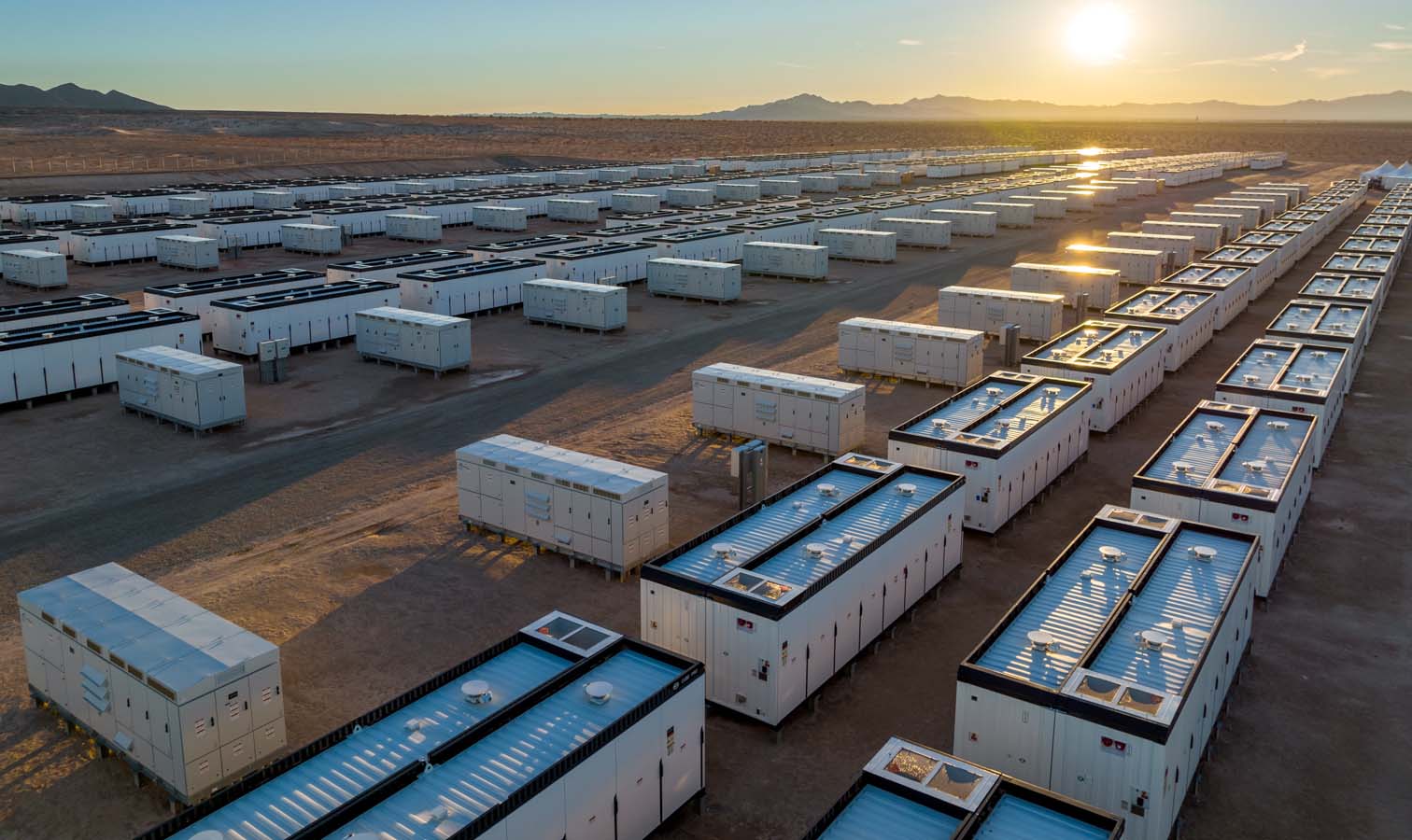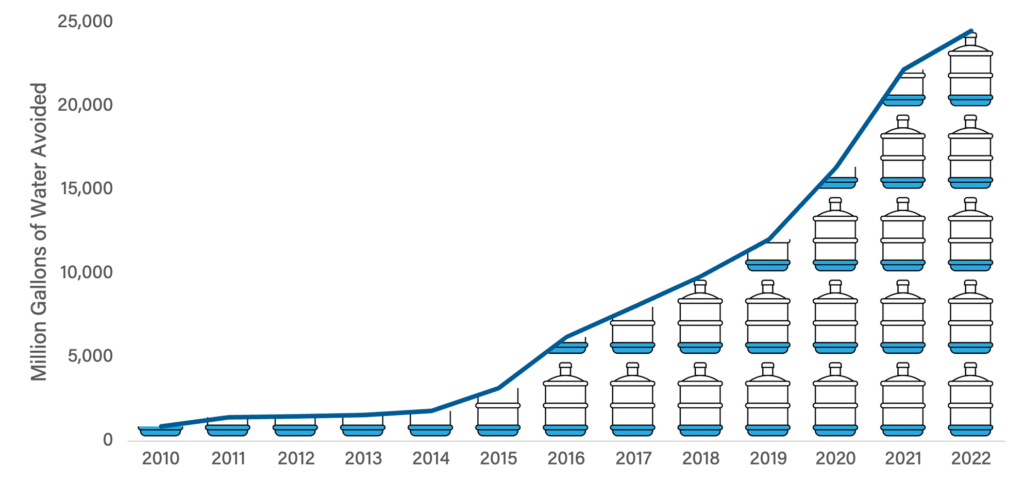Explore the Clean Energy Powers American Business report

Corporations purchased more clean energy in 2022 than any previous year, which is driving up demand for American clean energy and accelerating the clean energy transition.
As of the end of 2022, 326 companies have purchased more than 77 gigawatts (GW) of domestic clean energy – enough to run over 1,000 data centers. Of that, 36 GW is operating, accounting for 16% of all clean power operating capacity in the U.S.
Companies have purchased enough clean energy to run over 1,000 data centers. That is enough energy to power all of Meta’s data centers 50 times over.
Purchasing clean energy is both economically and environmentally beneficial for corporations. Over the past decade, wind and solar prices have dropped dramatically, which has led to a 100 times increase in corporate clean power procurement over the past decade. During that same period, solar and wind costs have decreased 71% and 47% respectively, making both more attractive to corporate energy buyers. American companies are benefiting from – and contributing to – the affordability of clean power.
Securing power from clean energy sources allows companies to strive toward reaching sustainability targets, reduce emissions, and secure low-cost electricity that offers protection from fossil fuel price fluctuations. That’s why the number of companies announcing clean power purchases each year has increased dramatically, from three in 2012, to a peak of 65 in 2021, to 48 in 2022.
ACP’s Clean Energy Powers American Business report dives into the top buyers of clean power in 2022, technology-specific trends, industry and company size breakouts, progress towards RE100 goals, top states for corporate procurement, PPA pricing, community benefits, and much more.
Get the top insights from the report by interacting below with the key statistics from the report.











